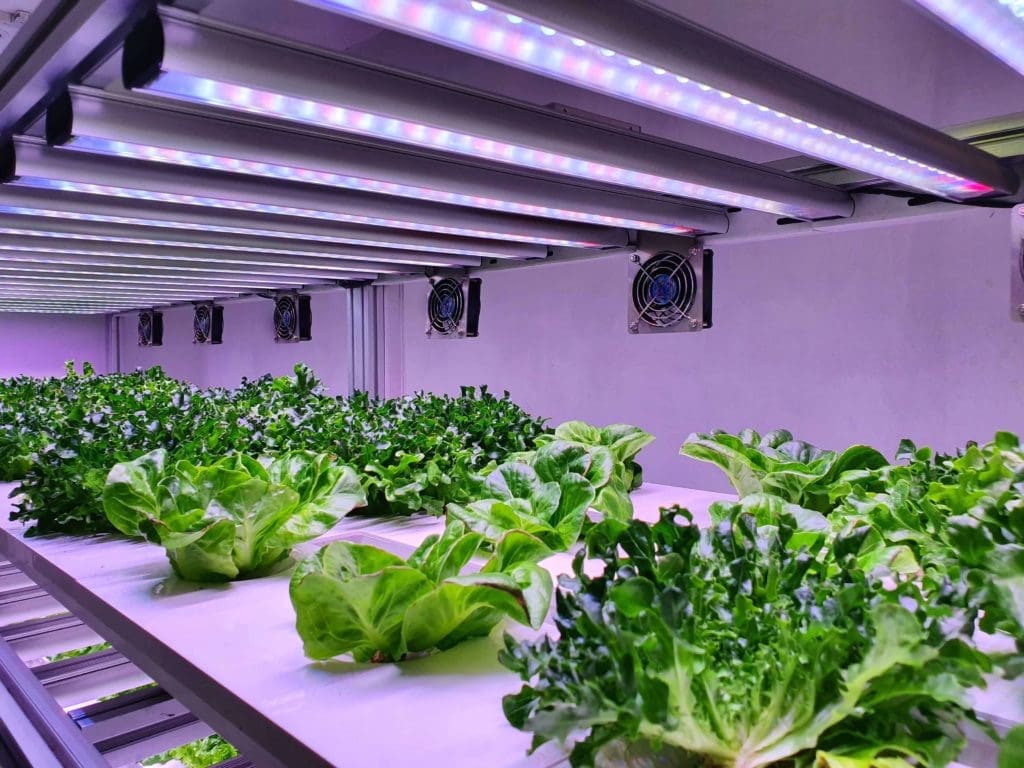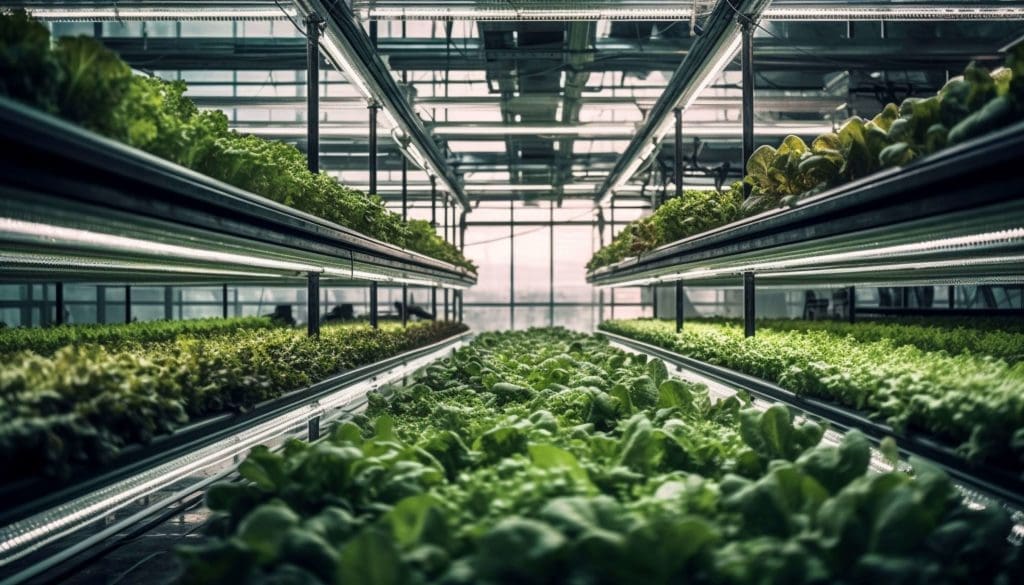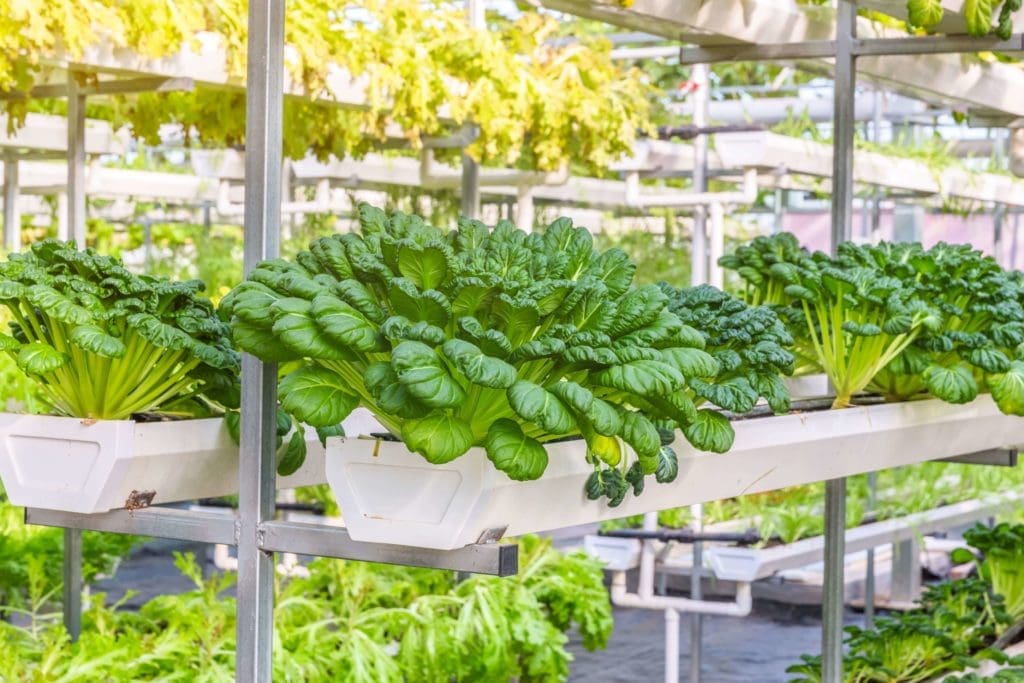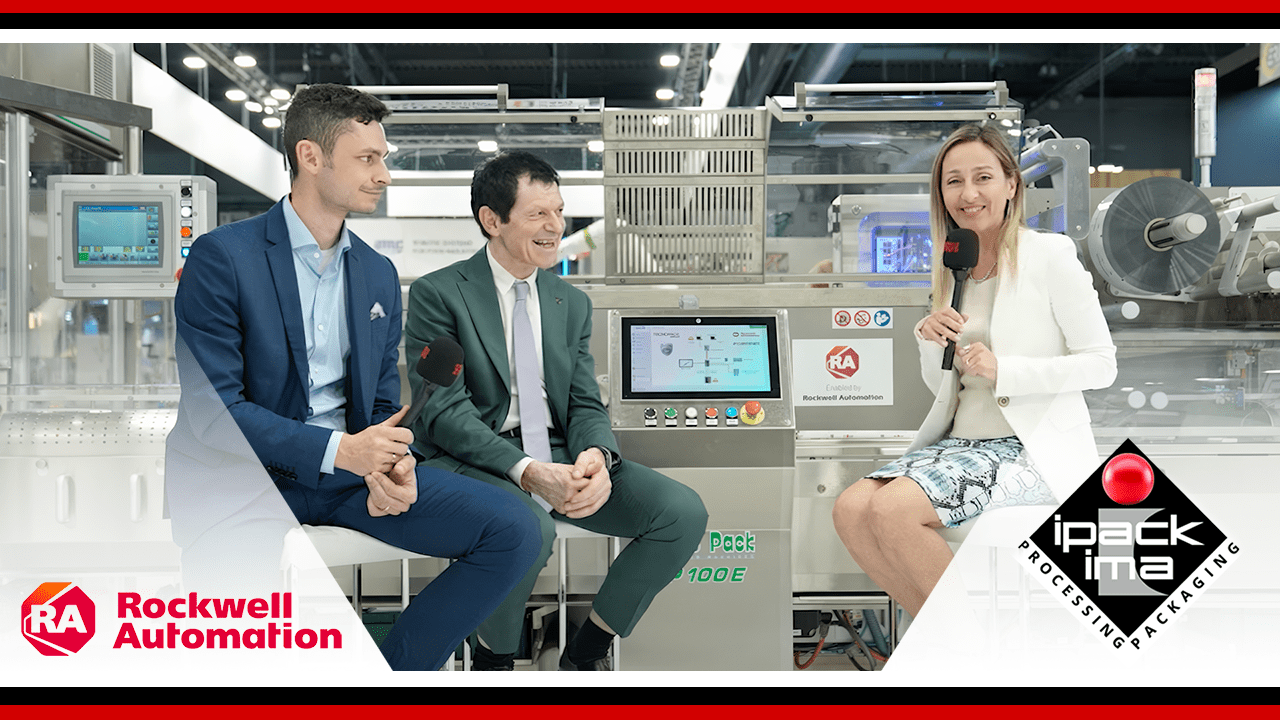
More and more people, less land, less water, fewer resources: the coming years will see us facing significant challenges. But the food sector, when it encounters innovation, always finds a solution. It’s called vertical farming, with its pros and cons.
The issues of land consumption, population growth, and the need to save water are becoming increasingly urgent for companies, along with the climate crisis and extreme weather events. These concerns, if we project just a decade into the future, are on the verge of becoming a reality.
That’s where innovation can help, and thanks to the invention of new artificial lamps that replicate the same wavelengths as the Sun, the 1984 dream of Canadian biologist John Todd can become a reality.
For some years now, new LED lamps capable of stimulating photosynthesis in various plant species have been available, with long life and low energy consumption. Thanks to these lamps, the phenomenon of vertical farming has emerged: a cultivation method conceived in the 2000s by Dickson Despommier, a professor at Columbia University in Environmental Health Sciences.


Vertical farms
Vertical farms are structures designed for the production of vegetables (and possibly even the breeding of animal species, but that’s more complex) that use soilless closed-loop cultivation techniques in a controlled environment. In its most complete definition, a vertical farm is a building that encompasses an entire agri-food supply chain: from production to processing, all the way to sales and consumption.
However, in most cases, vertical farms are also defined as buildings that solely house production and processing. The cultivation process takes place inside a closed environment, purpose-built or repurposed, completely controlled and autonomous from the external environment, where all essential environmental parameters for plant development are monitored, such as temperature, humidity, carbon dioxide, and precious light. The goal of these systems is to maximize the number of plants per cubic meter. There are essentially two techniques for vertical farming: hydroponics and aquaponics.
The first is a soilless technique in which plant roots are irrigated with a nutrient solution composed of water and mineral salts in the right proportion for the plant and its growth stage. The advantages include a reduction in the use of pesticides and agrochemicals, relative ease of use and implementation, as well as significant water savings compared to open-field cultivation.
Aquaponics, on the other hand, combines recirculating aquaculture with hydroponic cultivation to create a symbiotic environment that allows both plants and fish to thrive. A particular biological filter (partly composed of the cultivation substrate) forms a colony of nitrifying bacteria that convert fish secretions into nitrate, which serves as fertilizer for the plants.
While vertical farms have been spreading worldwide at an ever-increasing rate, with Global Market Insights predicting a $22 billion market by 2026, this production technique raises a series of considerations. It has significant strengths (primarily water consumption) and significant weaknesses (such as energy consumption) that require careful and in-depth study before declaring it a global success.

The advantages of vertical farms
The advantages of vertical farms are evident. They allow for significant land savings by utilizing space vertically. They can produce fruits and vegetables in very small spaces, including repurposed areas such as former mines and abandoned tunnels (natural light is not a key factor in this type of cultivation). Additionally, being located in cities, these farms reduce emissions from transportation, making them a true “zero-kilometer” choice.
Furthermore, the land saved through vertical farming could potentially return to its natural ecological function: absorbing carbon dioxide and oxygenating the planet through forests. Another huge advantage is water conservation: if managed properly, this technique can save up to 90% compared to open-field cultivation.
Indoor fields are also not exposed to natural disasters, global warming, or insects, eliminating the need for fertilizers and pesticides. It’s also possible to have multiple harvests throughout the year, as there is no dependence on seasonal cycles.
Finally, for the same surface area, one square meter indoors can produce 10 times more than traditional farming (some species can even produce up to 500 times more). So, will vertical agriculture feed and save the planet? Let’s not get too carried away; there are other factors to consider.
Energy consumption
According to Bloomberg financial agency data, vertical farming was worth $3.42 billion in 2019 and could more than double, reaching $7.3 billion by 2025. However, despite these figures, the sector remains confined to a small niche. According to research by Rabobank Research Food in Utrecht, indoor farms account for 30 hectares worldwide, compared to the 1.6 billion hectares of traditional agriculture. This vast difference is due to both technical and economic obstacles.
One of the main challenges is the investment costs. Starting a traditional greenhouse costs around 300 euros per square meter, while an advanced vertical farm can cost 2,000-2,500 euros. Operating expenses are further exacerbated by the cost of electricity, which can account for up to 60% of the total costs.
This is because the LEDs must remain on for 12 to 18 hours every day, and irrigation and climate control systems need to be powered. To put it into perspective, a 500 square meter farm requires more than 200 kW of instantaneous power, which is what it would take to power 100 apartments. If this energy doesn’t come from renewable sources, the environmental impact becomes significant.
What does the future hold?
Areas of the planet that are either too hot or too cold will benefit from vertical farms, regardless of the expenses and operating costs. For example, the government of the United Arab Emirates is heavily investing in indoor projects due to the desert climate and lack of arable land, forcing the country to import 80% of its food.
In cold regions, apart from the Nordic Harvest in Denmark, there’s the Food Growth Chamber at the South Pole, a room that provides fresh vegetables to the 65 employees of the Amundsen-Scott Research Base when temperatures outside drop to minus 70 degrees.
Meanwhile, in Italy, specifically in Noli, Liguria, the world’s first underwater garden can be found: Nemo’s Garden. It’s an ambitious project of underwater hydroponics using transparent biospheres placed six meters below the sea surface, developed by the Italian company Ocean Reef Group.
This innovative project allows cultivation even underwater. Could this be the new frontier of vertical farming? I hope this translation helps you with your marketing and content needs. If you have any specific questions or need further assistance, please feel free to ask.




